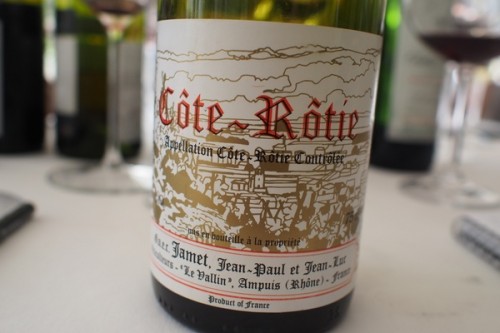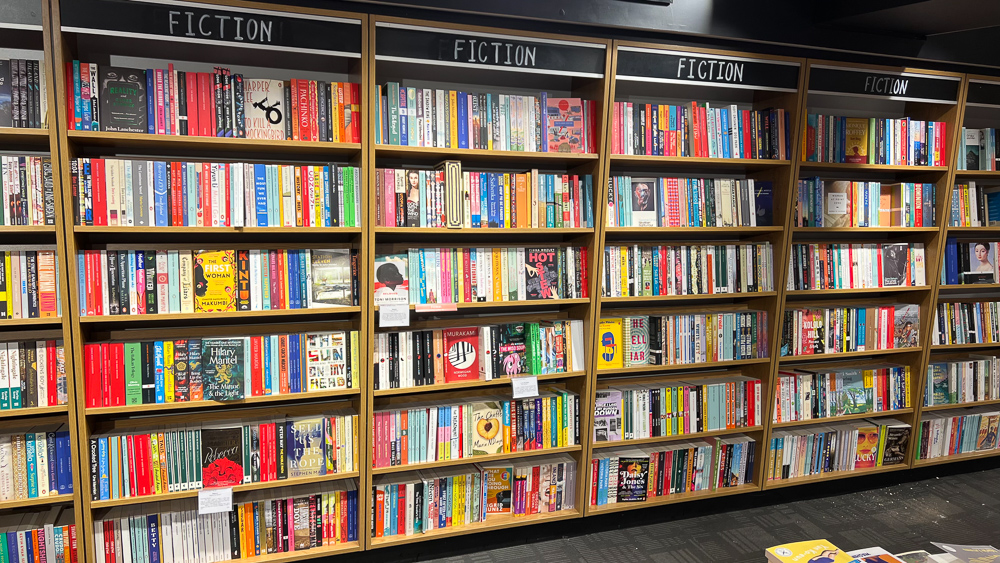
The wine world is a lot more interesting now than when I first started drinking wine in earnest back in the mid-1990s.
At the same time, the prices for fine wines are much higher than when I started drinking, to the point that they are now out of reach for most people.
Case in point: the first multi-bottle purchase I made was Brokenwood’s Graveyard Hermitage 1991. Three bottles for £13.49 each.
Case in point: the first case purchase I made was en primeur from Bibendum, and it was Jamet’s 1999 Côte Rôtie. £240 per case in bond.
Case in point: the Threshers off licence in Wallington where Penfolds Grange was on the shelf at £35 per bottle in 1994. Now it’s a bonkers £400+ a bottle and you won’t find it at an off licence.
I could list lots of examples. When we go out for fine wine BYO lunches and generous friends bring goodies from their cellars, the current market value of wine on the table is often obscene.
But could this increase in prices for the very top wines be one reason the wine world is now so interesting? If people are dropping serious cash on fine wine, then there’s money in the system. People who find those prices too rich end up spending their money on other wines.
You can’t make interesting wine very cheaply. If a winegrower in the Mornington Peninsula or Central Otago wants to make great wine, it will require a considerable investment and the resulting wine won’t be cheap. So there needs to be someone willing to pay a good amount to make this sort of enterprise feasible.
Would people be paying £30 a bottle for New World Pinot Noir if great Burgundy was still selling at 1995 prices? I know that Oregon, New Zealand and Australian Pinot Noir is different to Burgundy, and growers there are trying to make the wines of their place. But even so, the price of Burgundy enables others to move into this now vacated gap.
I think there’s a degree to which the raised pricing bar has created room for others to thrive. Pricing of top wines has become a bit absurd, but there is always another wine. If we can shed that psychological link between price and quality, which causes us to rate wines more highly and desire them more when we know they are more expensive, then we can take advantage of the excellent wines that are being made simply because producers can actually make a living by making them.
Fifty years ago, middle class people could afford the celebrity fine wines: first growth Bordeaux and the like. That is no longer the case. Top Bordeaux and Burgundy is now out of reach. But that’s OK. There are now amazing wines being made in cellars across the world. If you are prepared to kiss the classics goodbye, there are new classics waiting to be discovered.
Mostly, it’s great that rich folk like wine and are willing to spend on it. But there is a downside: if prices become too rich, then grape prices follow, and young winemakers can no longer afford to do their own projects. When rich people buy wine estates as playthings, this also messes with land values, and distorts the economics of winemaking. Some regions have really suffered from this, and are mostly making boring, expensive wines because this is what the market wants. It’s usually best to avoid these regions altogether.
3 Comments on On wine prices: the’ve risen a lot, but this isn’t all bad


hi Jamie, i brought the jamet 1999 en primeur too! I went to the Bibendum tasting and it really stood out. The best bottle I had was about 6 years ago when we had a spring heat wave and I opened a bottle outside for lunch, just a wonderful rich olivey tampenade taste. Have never quite recaptured it on bottles since, but still love the label so kind of old school original.
Will
Interesting post, particularly the last bit about super-rich people raising the cost of living costs. Spain avoids this trend – it’s pretty cheap to live in Rioja, Priorat, Ribera, Rías Baixas…..Pretty much anywhere in fact, except for San Sebastián, Madrid and Barcelona.
By te same token…is Tattinger et al starting to buy up chunks of the Kent and Sussex countryside going to make land prices rocket down there? Would be an interesting counter to the possible immiment South East house-price crash.